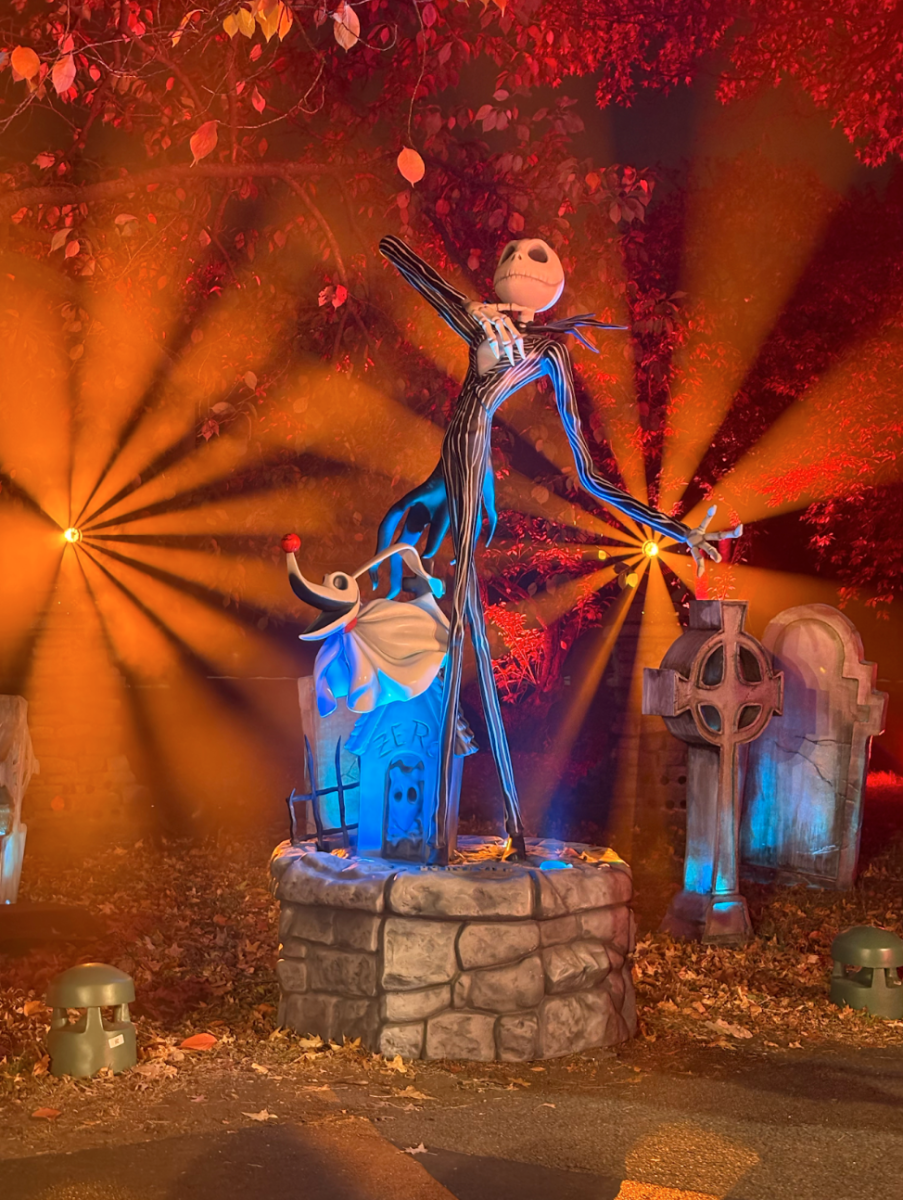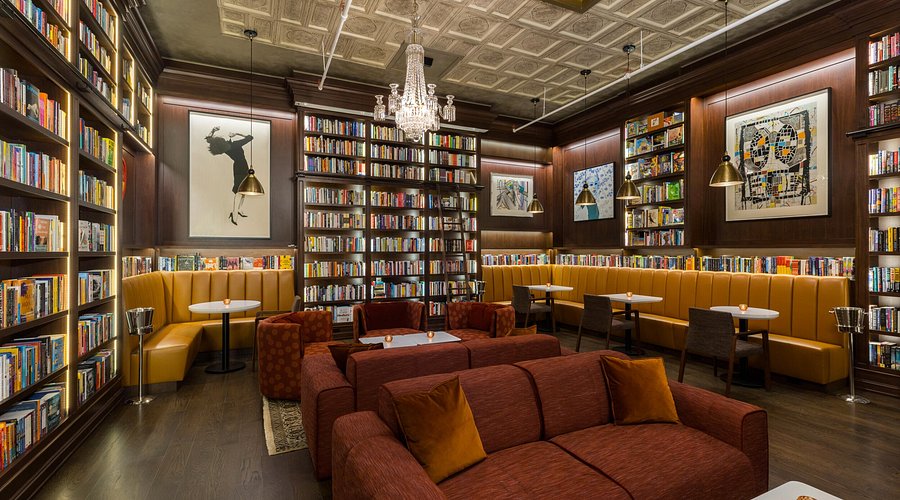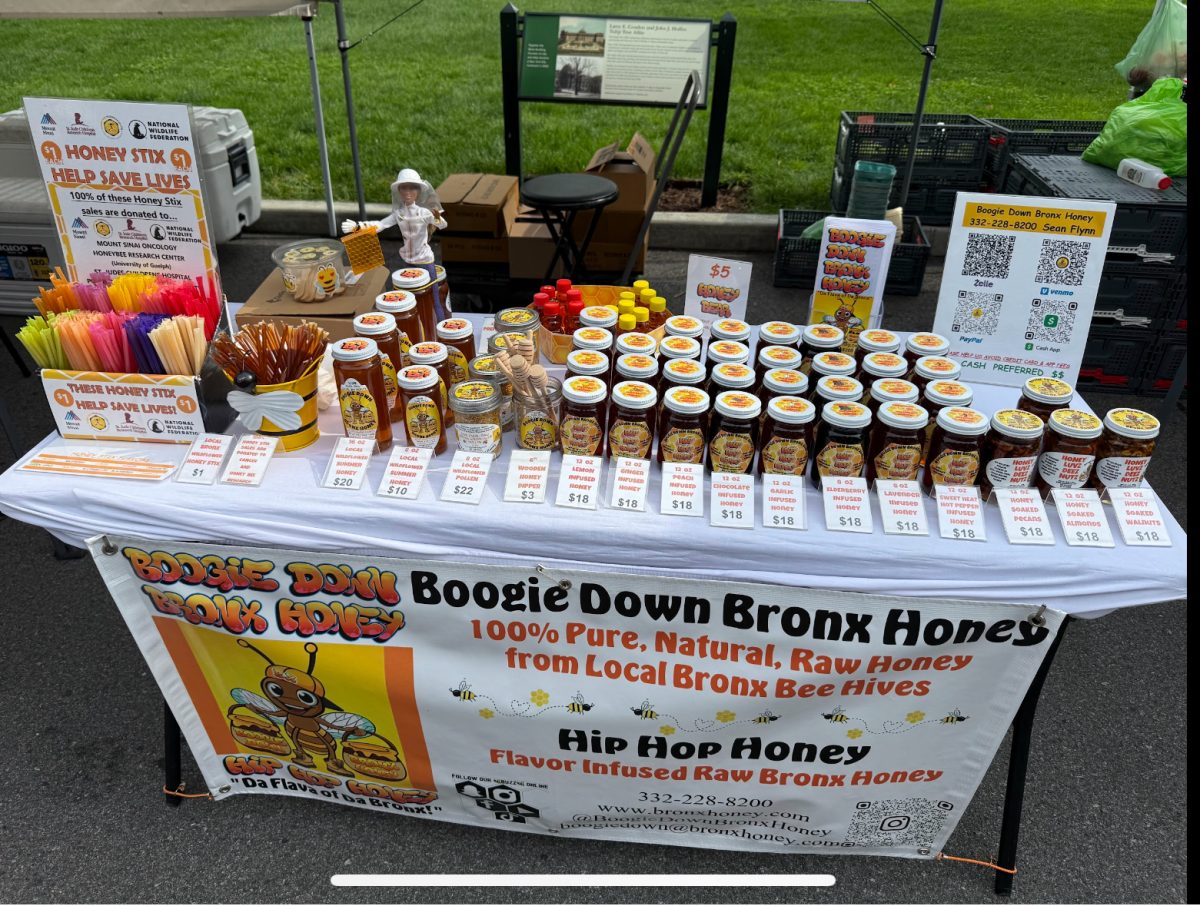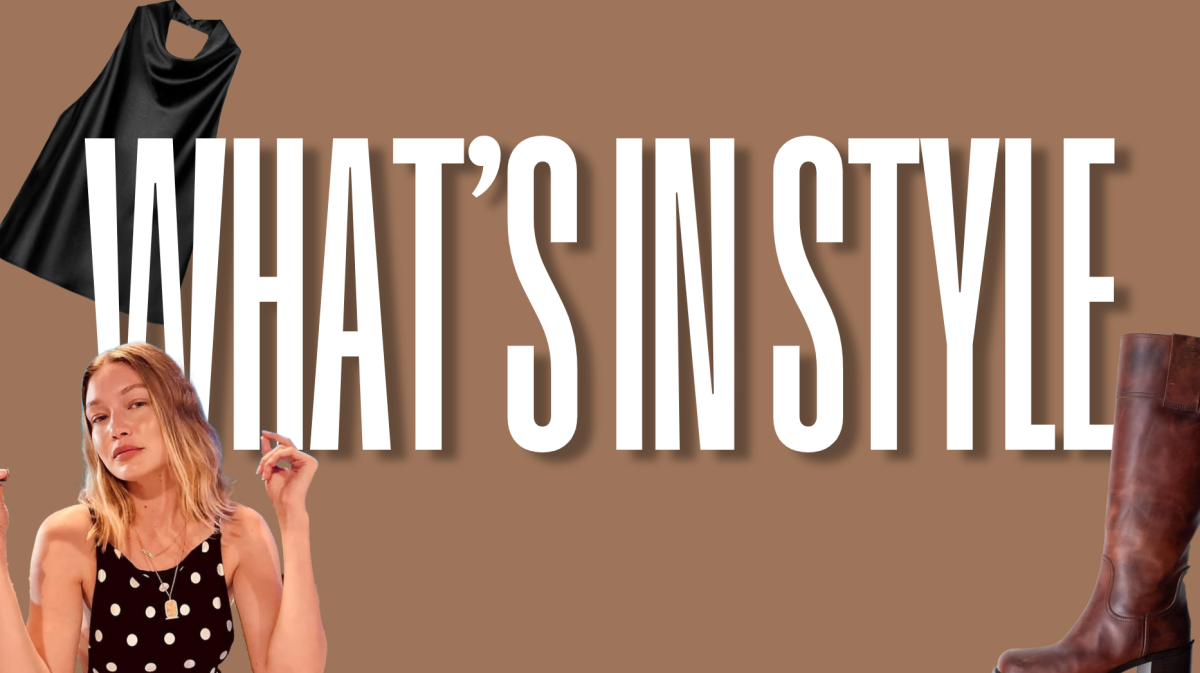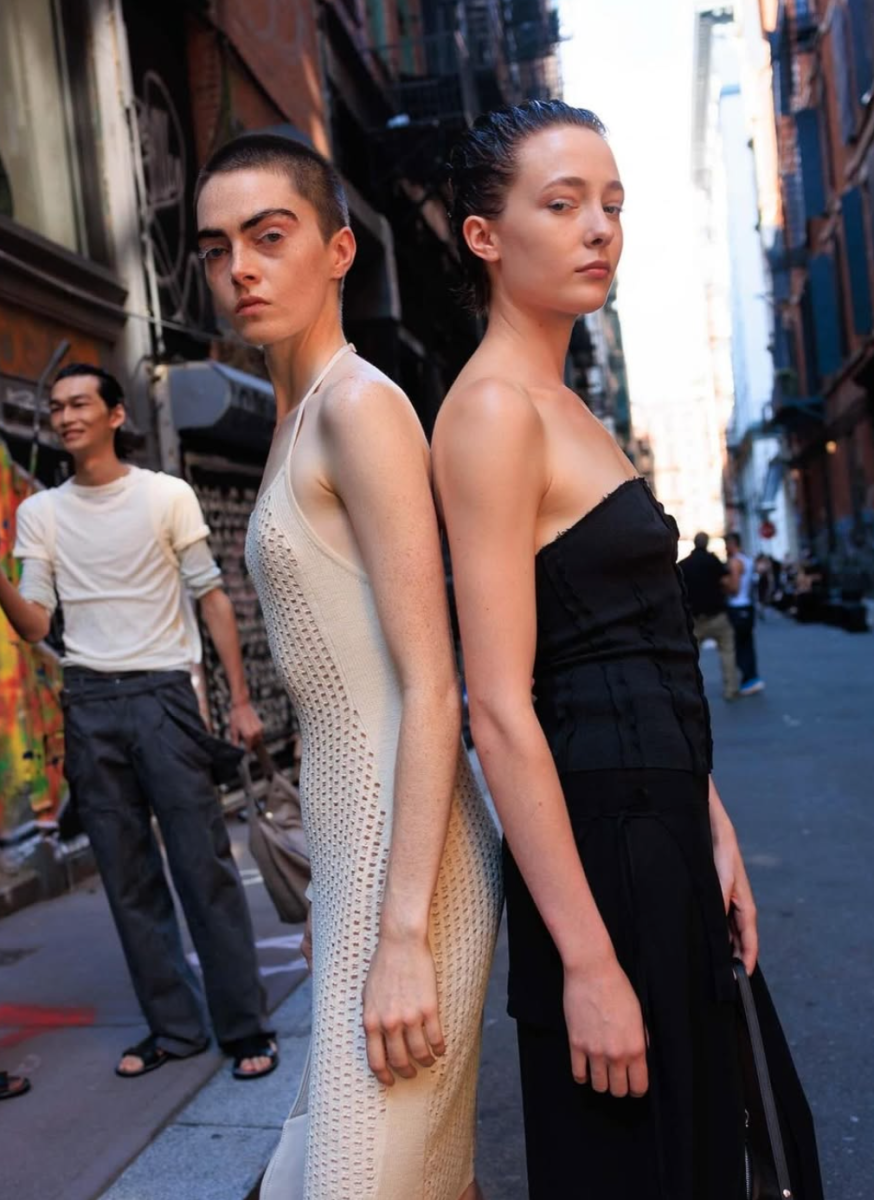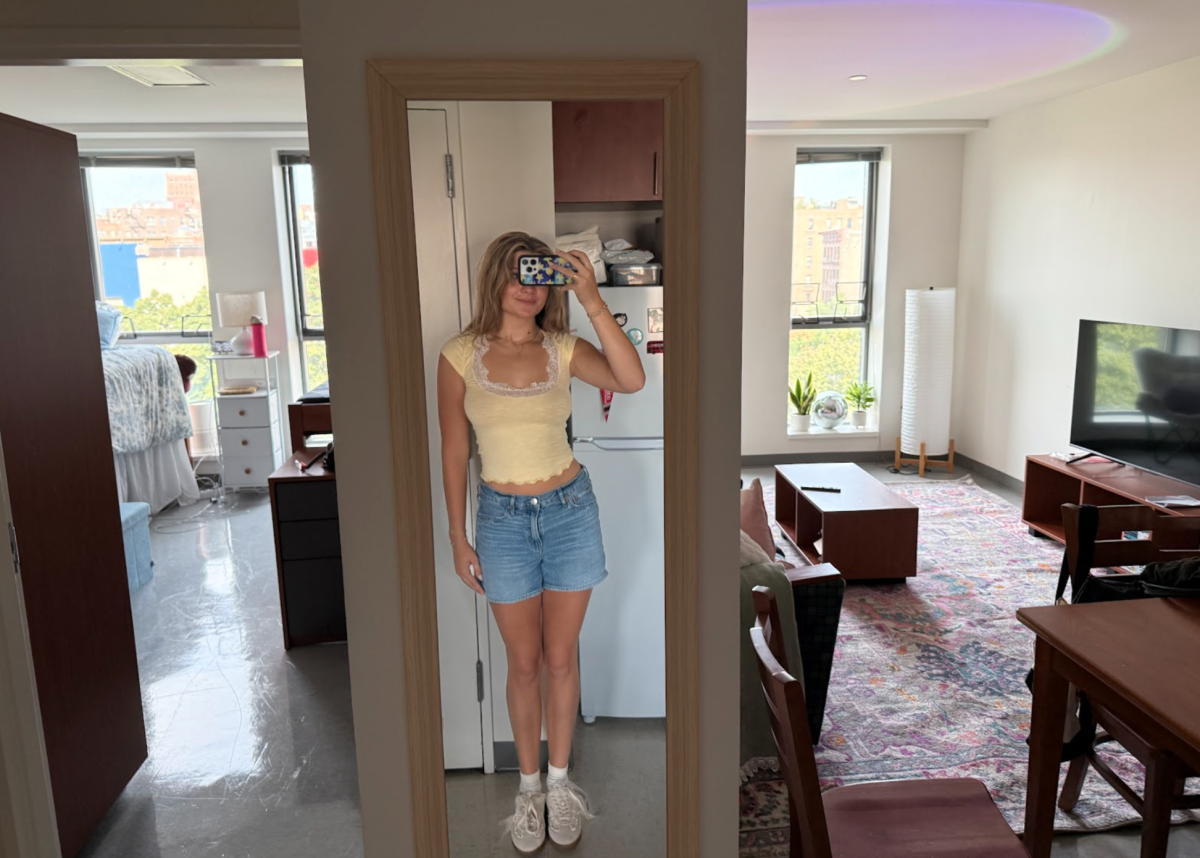By KEVIN ZEBROSKI
The suits of the 90’s were largely relegated to the traditional business shades of slate, steel and navy. There is certainly nothing wrong with dark solids and their severe connotations, but designers and sartorialists have since grown bored with the constraints of repetition. Fortunately, men’s style has a strong history of sharp patterns and exciting color utilization, and a thorough combing of that rich heritage provides ample inspiration.
The colorful patterned suit helps men’s clothing to escape the corporate sphere. The individuality expressed by burgundy on beige clashes with the typically muted office visage. Wearing a colorfully patterned wool suit instead of a colorfully patterned graphic cotton t-shirt is a step in the right direction for anyone looking to escape the modern epidemic of ultra-casual living. Dressing up a bit without painting the picture of an on call financial controller introduces an aura of sophistication to the casual wardrobe that is difficult to come by in male fashion.
When pairing a patterned suit with a shirt and tie it is paramount to understand the concept of “weight.” The weight of a pattern refers to the space between a completed pattern space. Functionally speaking, the weight of a pattern is almost identical to visual density, but in the tailoring world people like to use more colloquial terms for shorthand. The point is that one should contrast the weight of his suit with the weight of his shirt and tie. Ideally if a jacket has a broad plaid shape, such as glen plaid, one should wear a shirt with a tighter pattern like gingham or even a solid.
When that tie enters the equation as a third variable it helps to think two out of three. Two out of three pieces of clothing might be patterned, but the third should probably be solid. Patterned shirt, patterned suit, solid tie. There are myriad exceptions to this “rule” as personal style doesn’t really have rules per-se, but a good example of one such exception is the pairing of checked plaid, a very dense pattern, with a patterned shirt and a patterned tie. The checked plaid can be so visually dense that it functions similarly to a solid. It is important to note that in this example I specified a patterned tie and not a traditionally striped tie. This is because striped ties are often louder than a micro-dot or one of those sailboat jobs.
If you need a bit of inspiration regarding patterned menswear, take a look at one of Thom Browne’s Parisian runway expos and dial it back quite a few notches. Runway fashion is crazy stuff, and should not be directly imitated by most without a realism adjustment. The guiding principles behind Mr. Browne’s madness are an appreciation for the American male’s sartorial heritage.



































































































































































































